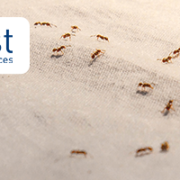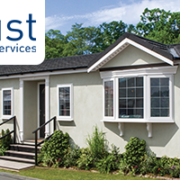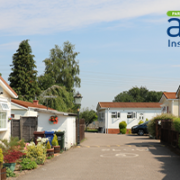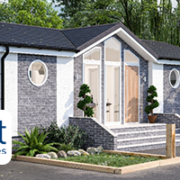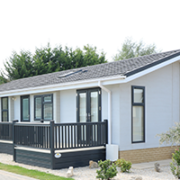This article gives you some tips on how to avoid a claim on your park home insurance. However, if you do need to make a claim on your insurance cover with Park Home Assist you can be sure it will be handled swiftly and fairly by one of our award-winning team.
Dealing with insects in your park home can be an issue in the late summer, especially with the heat we are experiencing in the UK. This guide is designed to help you to deal with insects in your park home.
It’s a good time to brush up on fire safety in your park home this summer, especially as the hot, dry weather is bringing us all out to enjoy the rays. We have compiled some of the top tips from the UK government and the fire service as a reminder, which we hope will keep you a little safer this summer.
To help you, if you are thinking of making this move, we have brought together some of the positive things about living in a park home.
It’s good to know that money and credit cards insurance cover is included as standard in a park home insurance policy from Park Home Assist.
With the hot weather set to continue, the barbecue season is definitely here. Everyone loves a long sunny evening, having fun with friends and cooking on an open fire, so it’s essential to barbeque safely. Taking into account the extreme hot weather conditions we have been experiencing, grass surrounding park homes and lodges will be extremely dry, the tiniest of spark can easily cause a significant fire.
You may be at a point in your life where downsizing to a park home becomes the right move. Perhaps to economise, particularly if you are retired, downsizing to a park home can make financial sense.
It’s best to avoid damp in your park home, as the damage it causes can be extensive and expensive to repair. Damp can also foster the growth of mould in your home, which can present a significant health risk. So, preventing the build-up of damp in your park home is something that could save you trouble later on.
Settling in to a park home community, particularly for the first time, can be an exciting time as you begin a new lifestyle. Living on a residential park is, in some respects, quite different from a bricks-and-mortar house on a regular street or estate.
Flood cover is becoming increasingly important, especially for park home owners in some areas of the country. In recent years, news of extensive damage to homes from storms, heavy rainfall and burst river banks has reminded us all that floods are a very real danger.
Company
Insurance Services
- Park Home Insurance
- General Insurance Tips & Advice For Park Home Insurance
- Mobile Home Insurance
- Holiday Lodge Insurance
- Park Home Owner Car Insurance
- Motorhome Insurance
- Static Caravan Insurance
- Floating Home Insurance
- Boat Insurance
- Touring Caravan Insurance
- Holiday Home Insurance
- Making a claim
- UK Park home insurance
- FloodRe


